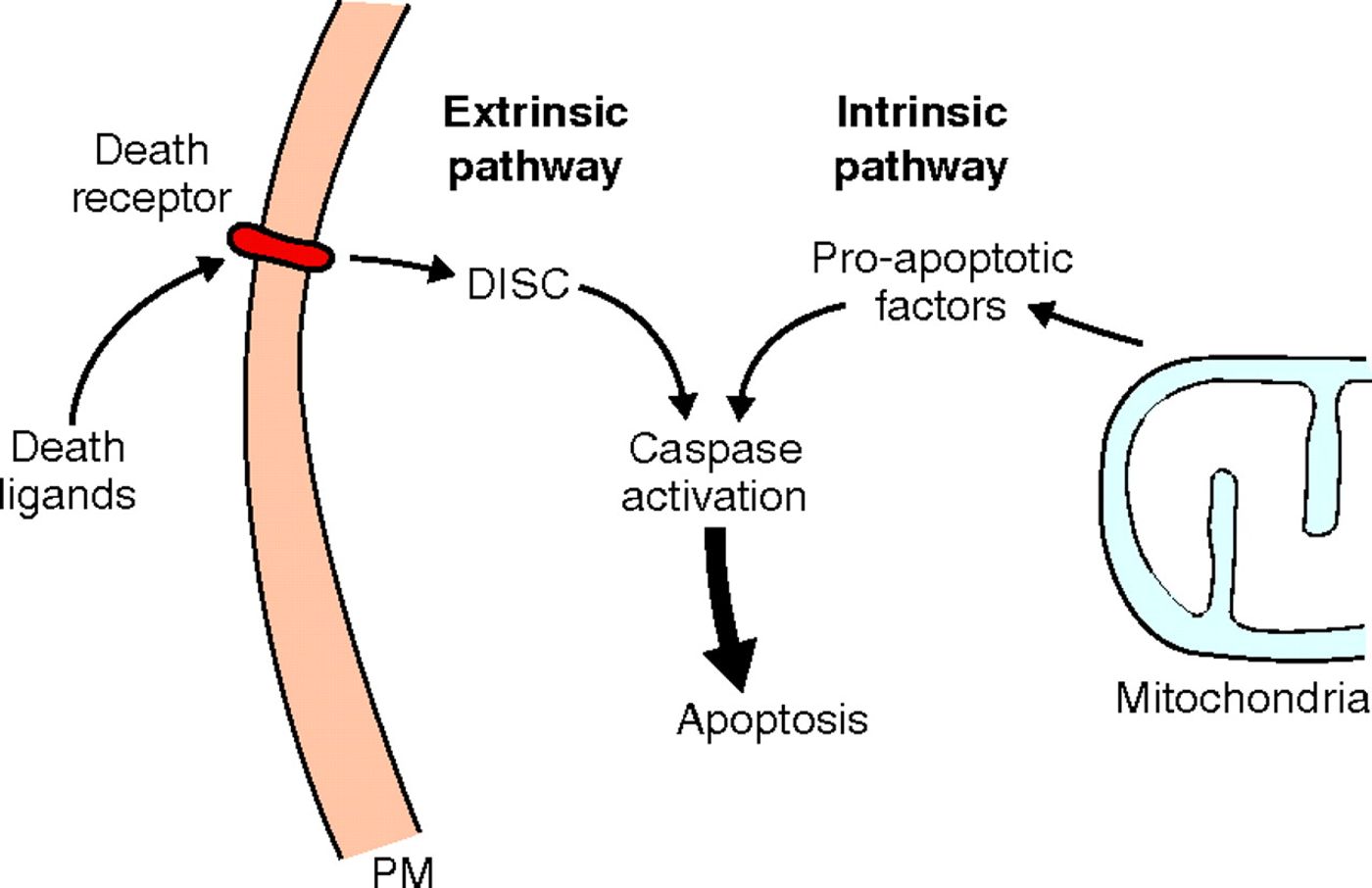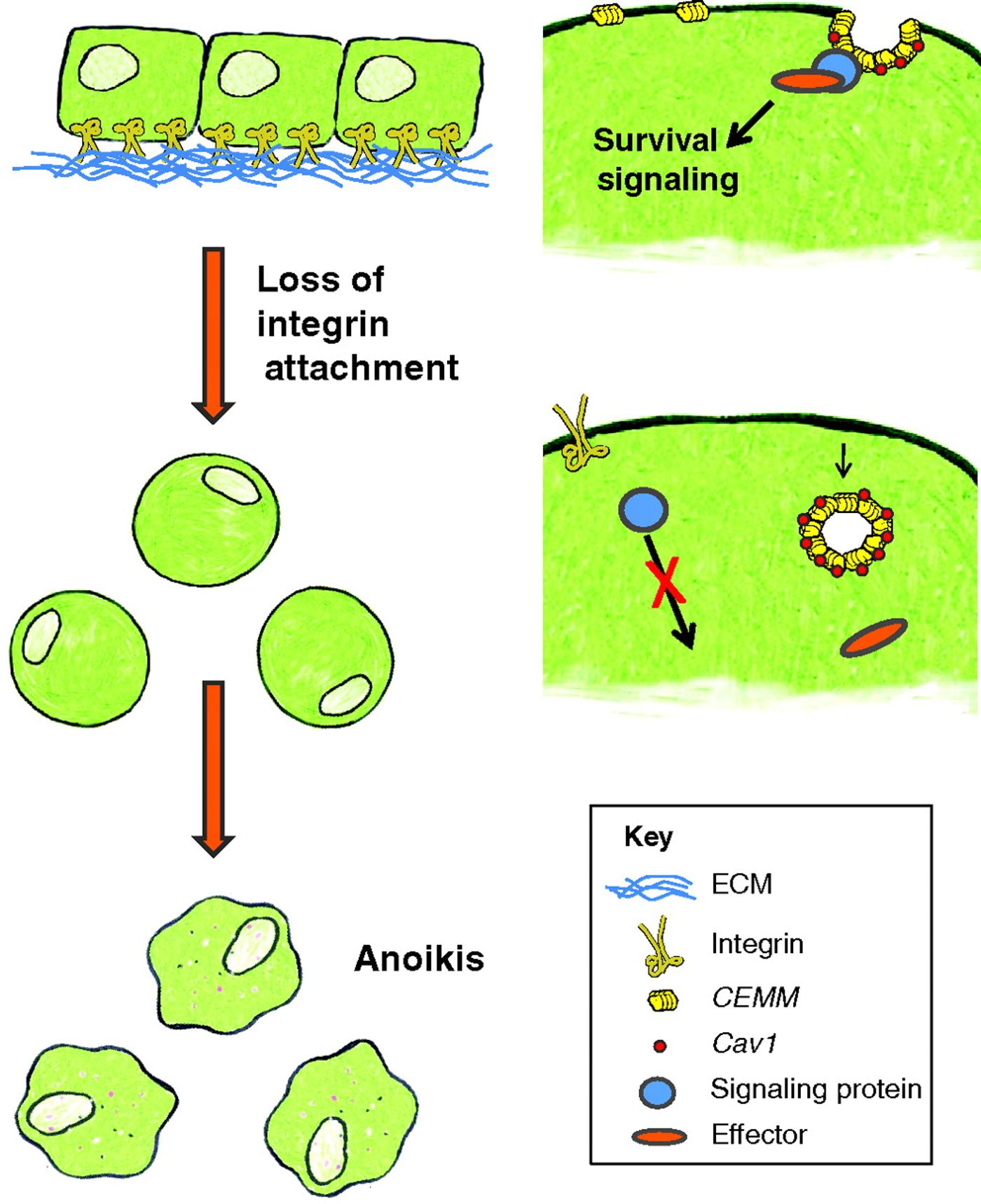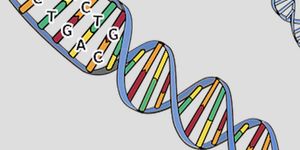Cancer & Anoikis: A Match Not Made in Heaven
Why is it not a match made in heaven?
How does this bad blood come to be?
More importantly - what is anoikis?
Anoikis, first described and coined in 1994 by Frisch and Francis, spells cell death when there was a lack of attachment to the extracellular matrix (ECM). Any cells detached - expiration awaits. In extension, this mechanism helps to revitalise epithelial cells while holding cancer progression at bay. Anoikis is often marshalled by ECM and subsequent neighbouring cells, integrins and E-cadherin. Hence, for cancer to march forth, anoikis had to be dealt with; by acquiring resistance against it to be metastatic. Metastasis is an act of different tumour types colonizing either the same or different organs, as reviewed in Nature Reviews: Cancer
Reports of multiple research groups had confirmed there are indeed means for cancer cells to sidestep its unlikely match.
Anoikis inducted cell deaths dominates with two differing pathways - intrinsic and extrinsic pathway. The former ropes in caspase enzymes activated by proapoptotic proteins permeabilizing outer mitochondrial membrane (OMM), while the latter is dependent on death receptors, which then ultimately activates caspase-8, a proapoptotic protein.
The general thumb rule in which cancer cells outsmarts anoikis: stimulation of prosurvival actors and suppression of death signals.
Caspase-8 inhibition through FLICE-inhibitory protein (FLIP) overexpression puts a stop to anoikis, as does suppression of Bim and BMF since both proteins are associated with cytoskeleton and combat the antiapoptotic Bcl-2 protein.
Epithelial-mesenchymal transition (EMT) takes a bow for the extensive reach of its characterisation. EMT occurs when cancer cells take its leave away to the secondary locale to colonise. EMT's telltale: a) loss of E-cadherin, α- and β- catenin; b) gain in mesenchymal phenotypes (N-cadherin and smooth muscle actin). Besides that, Transforming Growth Factor - β (TGF-β) induces EMT by upregulating relevant transcription factors and finally metastasis.
Over-expression of growth factors receptors does suppress anoikis; some players are EGF, TrkB and HGF. On the same note, TGF-β enhances migration, invasion and anchorage-independent growth for cancer cells to once again metastasise. The aforementioned cellular and molecular mechanisms for anoikis resistance are explored maturely in International Journal of Cell Biology
For the last call, micro RNA (miRNA) inhibits anoikis, while at the same time different miRNA marks cancer not to progress any further. MiRNAs promoting anoikis are miR-200b and - 200c, and miR-26a, among others. The duties founded: to be a tumour suppressor, EMT repressor, and E - cadherin regulator.
As for miRNAs denying anoikis are miR-125b, miR146a and miR-421, among others. The duties relegated: apoptotic actors suppressor and overexpression. MiRNA regulating anoikis has had a detailed review by Sharan Malagobadan and Noor Hasima Nagoor, published in BioMed Research International
Evading anoikis is now a staple mention in Hallmarks of Cancer. By avoiding anoikis, metastasis will occur, and in conjunction with that, cancer cells will be at a secondary locale. There are myriads of pathways and proteins that keep this mechanism in motion, either to action or oblivion - all the while remarking, cancer and anoikis is not a match made in heaven.
How a cancer cell metastasises can be visualised below.
Sources: Journal of Cell Science, BioMed Research International, and Nature Reviews: Cancer










